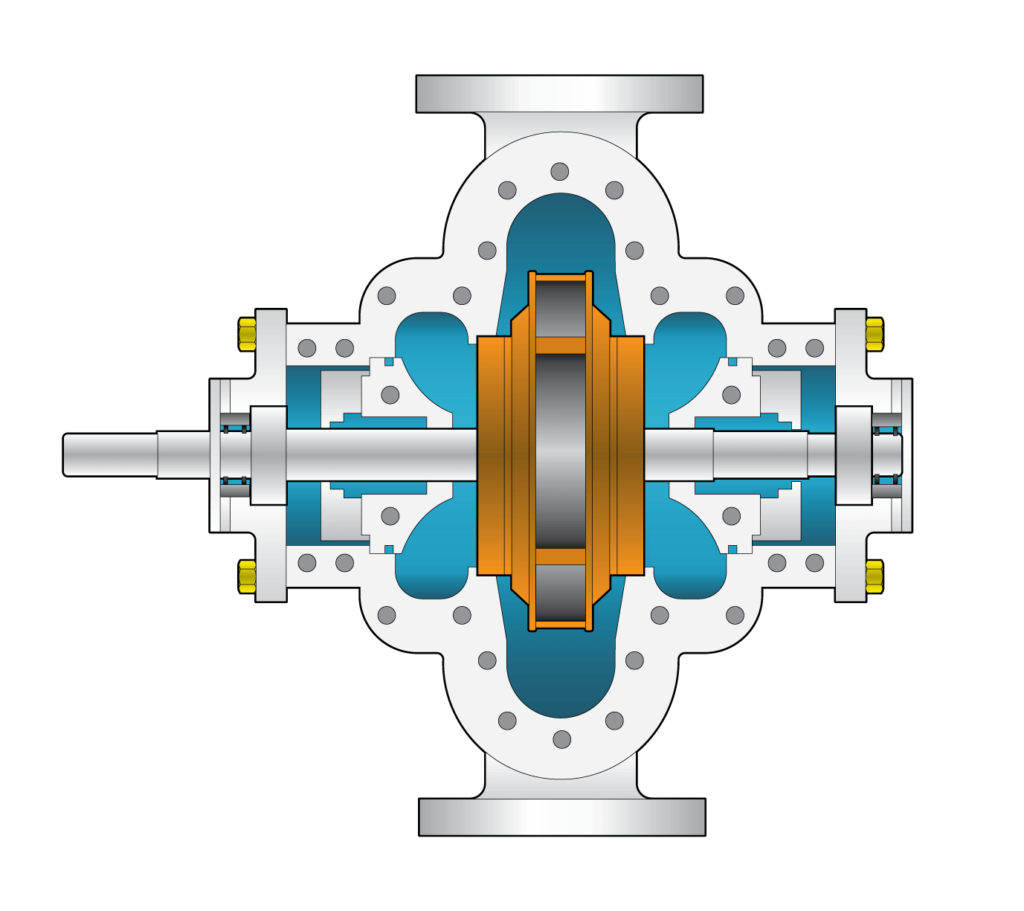For decades, scheduled preventive maintenance—such as changing filters every 3 months or replacing pumps every 10 years—has been the mainstay of nuclear plant maintenance. Advances in specialized sensors and data analytics are driving a new form of monitoring and maintenance to the forefront.
“Continuous online monitoring can transform a utility’s maintenance program from calendar-based to condition-based without increasing risk,” said EPRI Principal Technical Leader Mike Taylor. “The condition-based approach takes the data from the instruments on your equipment and looks for anomalies and patterns. A hot spot on a motor rotor might suggest a bearing alignment problem. A reduction in a cooling system’s performance might suggest fouling. A particular pattern in the data might indicate an impending failure. Inspection and maintenance are driven by insights, not the calendar.”
Condition-based maintenance can help reduce labor costs, eliminate or extend the intervals of preventive maintenance, identify equipment problems early, and extend the life of plant assets.
Taylor is leading an effort to develop a series of “Quick Guides” that outline precise procedures for utilities to implement continuous online monitoring. Each guide is 6–10 pages and describes the suite of sensors and analytical methods that can reduce the number of manual, scheduled maintenance tasks for a component. A technical basis document accompanies each guide.
In March, EPRI published the first four Quick Guides—two on common pumps and two on common motors. Six more are to be published later in 2018. “We have another 31 planned,” said Taylor. “For digital access, we expect to include the guides in our Preventive Maintenance Basis Database.”

The development process has been exacting. “No fewer than 40 people have put their eyes on each document,” said Taylor. “Reviewers included EPRI staff, utilities, and industry experts in vibration analysis, motors, and pumps.”
The rollout has been highly anticipated. “Utilities had been asking for something like this for a long time,” said Taylor. “As development progressed, the drafts were widely circulated so that many people in the industry were familiar with the approach. On the day of release, we had 50 downloads for each of the four guides. That represents about half the nuclear plants in the U.S. The guides are catching on swiftly.”
One utility went further and asked EPRI to help develop 15 Quick Guides to address new pieces of equipment at a particular plant. “It will take us about 6 months to develop them, and we intend to share the generic information with other plants in the Quick Guide format,” said Taylor.
Each Quick Guide evaluates every degradation mechanism specific to a component and, when possible, recommends a combination of sensors, monitoring, and analysis methods to address the mechanism. The guides do not eliminate all scheduled preventive maintenance tasks, but continuous online monitoring may extend inspection intervals.
“EPRI Quick Guides deliver concise knowledge of the required sensors to install on plant equipment for remote performance monitoring,” said Howard Nudi, program manager for Duke Energy’s Monitoring & Diagnostics Center. “This monitoring capability is the enabler for new condition-based maintenance strategies that can provide significant savings in the future.”
At the heart of each Quick Guide is a preventive maintenance task assessment table, describing the methods applicable to each task and resulting in one of the following outcomes:
- Replace task completely with continuous online monitoring.
- Couple task with continuous online monitoring, and evaluate the potential to extend the interval between inspections.
- No change in task.
A limited number of preventive maintenance tasks are likely to remain in cases for which a human inspector is necessary to detect degradation, such as a cracked weld resulting from a manufacturing defect.
EPRI’s Common Design Packages
Over the past few years, a nuclear industry collaboration called the Design Oversight Working Group has engineered guidelines to streamline the design of equipment installation. “All nuclear utilities across the U.S. are now using the same design process for installing new equipment,” said EPRI Principal Technical Leader Mike Taylor.
EPRI has engineered design packages for the installation of distributed antenna systems and wireless vibration sensors, which can support communications and automated, real-time monitoring of equipment in nuclear plants.
“EPRI has done all the engineering work for these packages. The utility only needs to fill in plant-specific information to complete the engineering change package. Utilities can avoid performing the same evaluation for specific sensors and infrastructure, saving them time and money,” said Taylor.
EPRI Technical Expert:
Mike Taylor
Additional Resources:
- Continuous Online Monitoring (COLM): Vertical Pump, Vertical—Deep Draft—Radial Flow—Product Lube
- Continuous Online Monitoring (COLM): Horizontal Pumps, Horizontal—Single Stage—Double Suction
- Continuous Online Monitoring (COLM): Medium-Voltage Vertical Motors, Medium-Voltage <15kV—Vertical—Solid Shaft—Tilt Pad—Sleeve Guide—Oil Lubed
- Continuous Online Monitoring (COLM): Horizontal Motors, Medium-Voltage <15kV—Horizontal Filters—Sleeve Bearing—Oil Lubed
- Continuous Online Monitoring (COLM): Horizontal Pumps, Horizontal—Multistage—Split Case Pump
- Continuous Online Monitoring (COLM): Horizontal Pumps, Horizontal—Single Stage—Single Suction
- Continuous Online Monitoring (COLM): Horizontal Motor, Medium Voltage <15kV—Horizontal—TEFC—Sleeve Bearing—Oil Lubed
- Online Monitoring—Engineering Change Package Content for a Distributed Antenna System and Wireless Vibration Sensors
- EPRI Journal article: A Wireless Eye in Nuclear Plants


